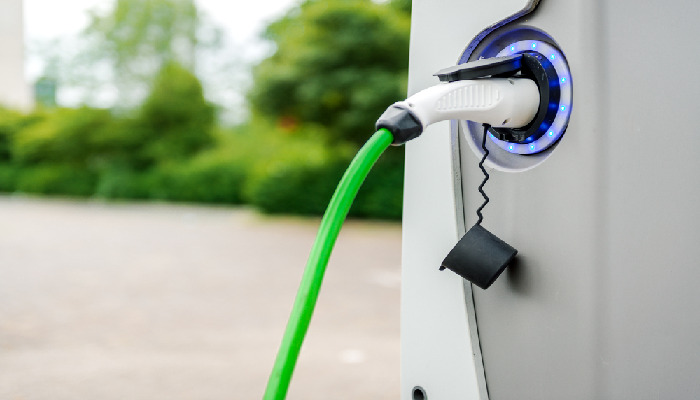You have to be living under a stone these days to have not realised that governments across the globe are promoting a drive towards greater sustainability and net zero carbon emissions. Concerns about damage to the environment, and changing temperatures causing ice caps to melt and sea levels to rise to dangerous levels, has spurred on industry to develop a more sustainable approach to modern living.
And the very foundation of this is the battery – a simple container that consists of one or more electrochemical cells that create energy for powering electrical devices.
This, coupled with battery technology improvements and a drive for greener transport, reignited interest in electric vehicles. The surge in electric cars has notably spurred the growth of Electric Vehicle charging station businesses, crucially contributing to the widespread embrace of electric vehicles.
Take Flagstaff commercial EV charging stations, for instance; they’ve become indispensable due to the rising electric vehicle user count. These stations offer convenient vehicle charging, alleviating the previous range of concerns that discouraged electric car adoption. With the drive toward sustainability gaining traction, the progression of electric vehicles and the establishment of charging infrastructure—like those in Flagstaff—stand as pivotal measures in crafting a greener transportation ecosystem.
The development of battery technology
Battery technology has come a long way since the nickel-hydrogen and NiMH nickel-metal hydride batteries of the seventies and eighties. The lithium ion technology of today holds greater density levels of energy for longer, meaning that battery systems can power for greater periods of time.
The challenge has always been energy storage, rather than the actual generation of energy. Through solar, wind and wave power, energy can be created, but storing and distributing it has been the greatest challenge. The development of lithium ion has created the revolution that was needed to take battery power storage to new levels.
Powering cars to go further for longer
The delay in electric cars becoming a mainstream commodity has always been the ability to give a vehicle the power and longevity to achieve the distances that traditional fuel based cars can achieve. When you consider that the first electric cars were actually in use as far back as 1884, it has actually taken nearly 150 years to bring electric cars into mainstream use – and there is still a long way to go.
In the 1890s, early 1900s, electric cars actually made up a third of all vehicles in the United States, and were considered a reliable, clean source of power compared to combustion engines, which were dirty and smelly.
However, the cost of taking the development further at this time was overtaken by the ability of the combustion engine to power a car which went further, cheaper – and so the mass production of cars came into being with the launch of the Ford Model T – within 20 years Ford had sold more than 15 million Model Ts. Interest in electric powered vehicle was stalled until the later 90s, when concern for the climate started to gather apace.
Battery lifespan concerns
One of the key concerns around batteries for electric vehicles has been the longevity of the battery itself. However, maintenance of any vehicle is a prerequisite for longevity, and this can apply to both battery or combustion engine. If well maintained on a regular basis, kept clean and oiled, with the replacement of various component parts whenever necessary, an engine can continue to function for dozens of years.
An average length of function for an electric battery is between 100,000 to 150,000 years, which is anything between 10 to 20 years’ worth for the average user.
Recreating the infrastructure
Battery efficiency today is less of a concern for thousands of people using electric cars. The biggest complaint is that the road infrastructure is not yet geared up effectively enough to service electric car users in the same way as petrol cars. There is a distinct lack of reliable charging points across the road network, and until there is consumer confidence in taking long journeys in the same way, the EV market will continue to proceed with caution.
The future’s electric
Today, electric cars are able to match petrol cars in speed, power and longevity, and are generally cheaper to run. While there is still overall disparity in terms of the cost benefits, the tortoise is definitely overtaking the hare in the race for consumer trust.
